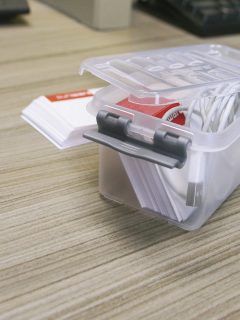Adhesive tape is essential for anyone who wants to ship cartons or boxes and seal them securely.
Tapes are versatile – they are strong and easy to work with. But how do you use them properly? Are they recyclable? What is a good unwrapper for?
This article contains everything you need to know to keep your goods well sealed and secured throughout transport to the customer.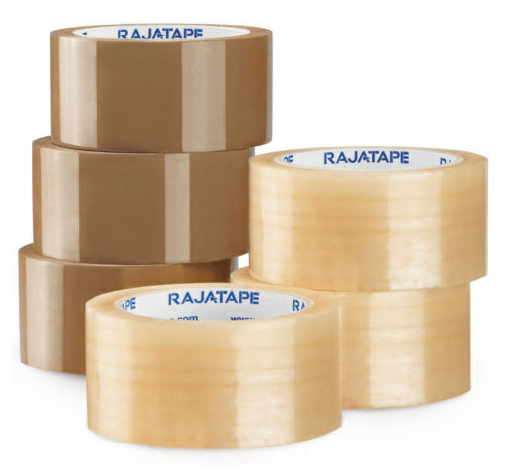
How to use duct tape well?
Duct tape is the simplest form of sealing boxes, bags or cartons.
First, make sure you don’t use cellophane tape or ordinary office tape. Adhesive tape designed for packaging is made of reinforced film with a long-lasting adhesive. These two properties then ensure that boxes or other packaging will not open during transit.
Unwinders are also inherent to effective gluing. Working with an unwinder is very simple and practical. By applying pressure to the surface, the tape adheres well and there will be no bubbles on the surface. Thanks to the unwinder, material loss is minimized.
Several types of tapes are available, with regard to the material, the weight of the package or also external factors.
Is the tape recyclable?
The good news is that it is. The best way is to peel off the adhesive tape and put it in a plastic container. The box can then be disposed of in a paper container.
If you want to save the environment, paper adhesive tapes with natural rubber adhesive are an alternative. In this case, you can throw the whole box into the blue bin.
How to seal the box well?
There are several ways. We have the 3 most effective ones for you:
- U-style gluing, which is suitable for packages weighing up to 20 kg and for short transports
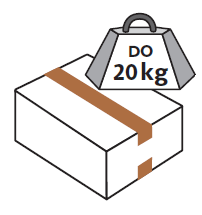
- U- and L-shaped gluing with 6 pieces of tape. This method is suitable for packages weighing up to 35 kg and also for longer transports.
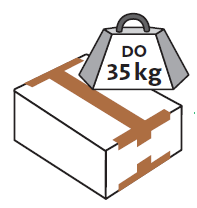
- Complete H-shaped sealing with 6 pieces of tape. It is suitable for very heavy packages weighing over 35 kg and for long transports as well as for long term storage.
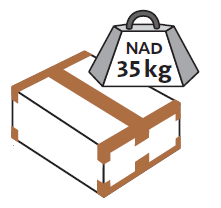
The best application methods:
- The best results are achieved by using the tape at temperatures above 10°C on a dry and clean surface.
- At lower temperatures, use polypropylene tapes with synthetic rubber adhesive
- At higher temperatures, use polypropylene tapes with acrylic adhesive
- When applying, it is important to apply light pressure to the unwrapper or to the tape itself if you do not have an unwrapper
- Avoid stretching the tape unnecessarily, as breakage may occur











